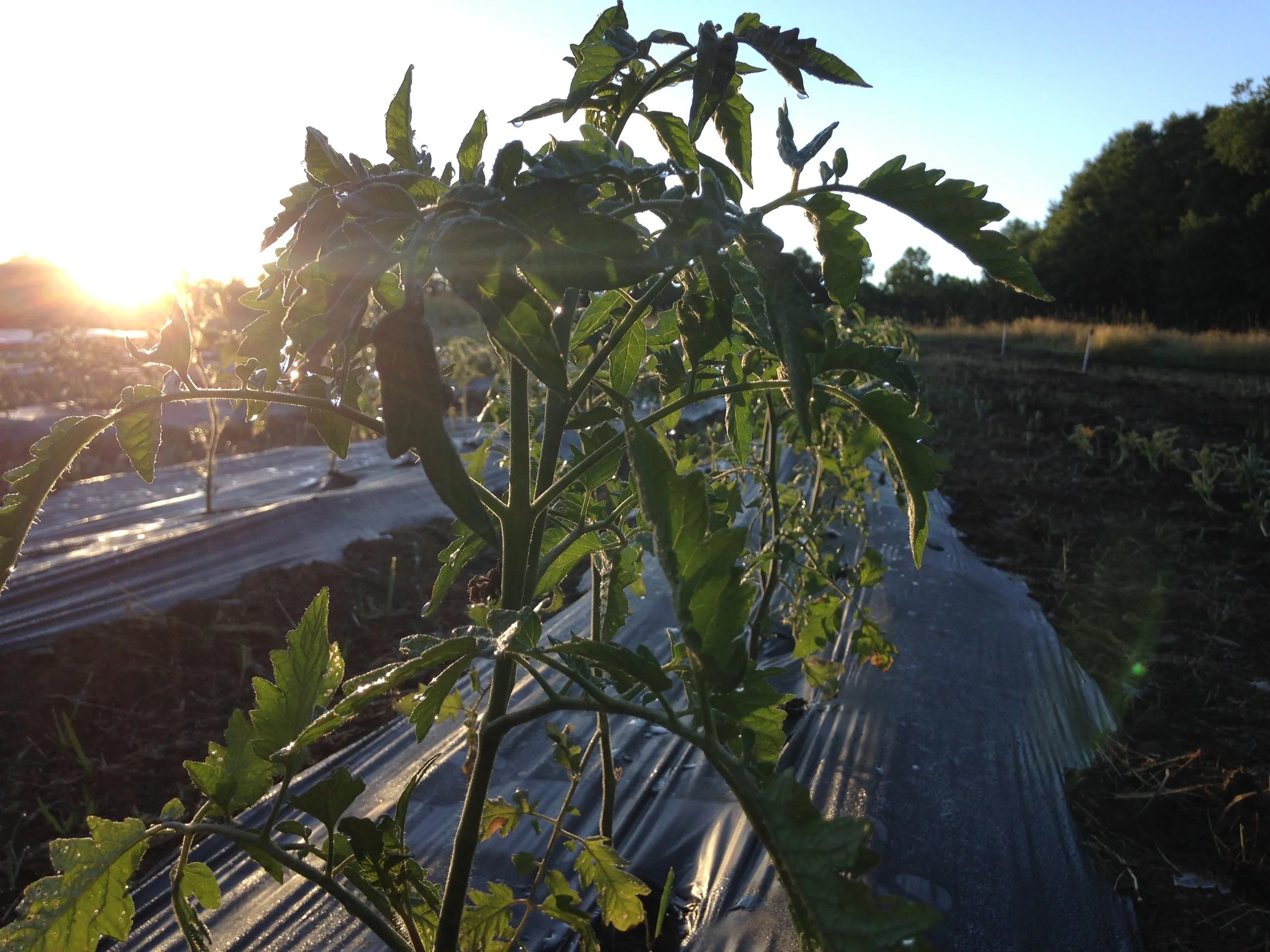We freeze the farm’s “seconds,” meaning produce that’s damaged in some way. These peppers all had holes. Usually, the pepper is completely fine inside after nixing one little part and washing. Other times, it’s an insect palace, and you have to sprint to the back porch to chuck it in the woods as fast as you can.
A fridge we ordered almost half a year ago arrived last week. We keep two fridges, which is a lot of fridges for little old minimalist me, but Fridge No. 2 lives in the basement and stores seeds. It’s also what we use for winter produce when we shut the walk-in cooler off in late fall. When No. 2 conked out last winter, it was sorely missed.
When its replacement arrived, I’d forgotten we’d ordered a bigger size, which meant more freezer space. So I bought a new box of quart freezer bags and just by George went to town last weekend on peppers, green beans, and blueberries. And we now have more than enough cherry tomatoes and slicers for the CSA, so I can start marching those into the freezer.
Around here, Jason’s the good directions follower. I’m “bad” at directions, which is to say lazy. So Jason’s the canner. He mostly likes to can jam, and makes a nectarine and lime jam that’s summer on a spoon. It’s one of Marisa McClellan’s unique recipes from her Food in Jars book. She specializes in small batch recipes, which makes canning less of an all-day chore. Not that I’d know. I only freeze things. Here’s a couple of my favorites.
Note: I use quart freezer bags. After the first use, I wash and dry them for other purposes. I often do reuse them in the freezer, and haven’t had any problems. Sometimes I’ll double up reused bags.
Cherry tomatoes: Rinse, let dry, and pop in freezer bags. After freezing, they aren’t fit for a salad or anything like that, but they have many uses, like cooked on pizza or in chili or pasta.
Heirloom tomatoes & all slicer tomatoes: The easiest way is to cut in chunks and cook down to a sauce. I’m not talking about simmering on the stove for hours, this takes mere minutes. I don’t add anything - no sugar, no salt, nothing. That way, when you reheat the sauce six months from now, you don’t have to taste it to remember what’s in it. This yields a thin sauce, with lots of tomato pieces. It makes pasta in January that tastes fresh. It’s also great in chili and soups.
Peppers: Rinse, dry, chop, and baggie. These freeze really well.
Corn: Some people cook corn first, but I don’t find that necessary. I slice it from the cob and put it raw in the baggie.
Green beans: Blanch green beans first, which means you cook them briefly in boiling water, then cool them in ice water. After letting the beans dry somewhat, freeze them in bags. (I once tried freezing green beans without blanching, and they tasted awful.)
Blueberries: Funnel right into baggies.
Strawberries: Chop in half and add to baggies.
Do you freeze fruits and veggies? Which ones, and what’s your method? Email plottwistfarm@gmail.com. I’d love to hear from you.
~ Stella

